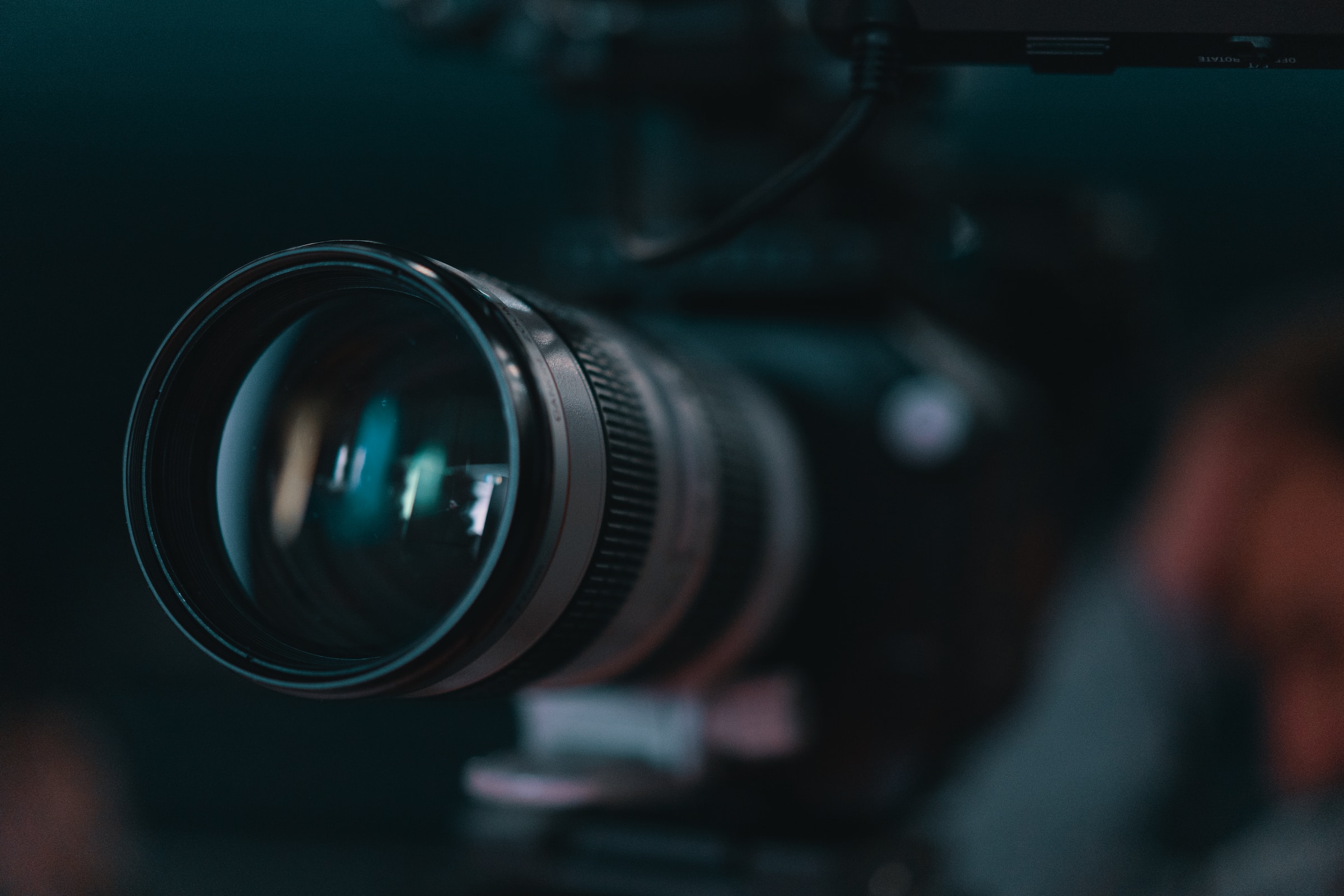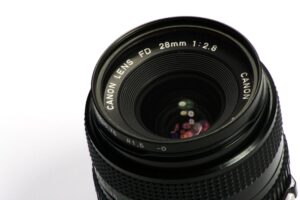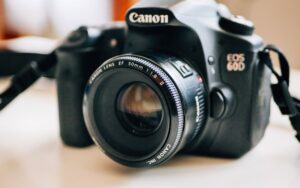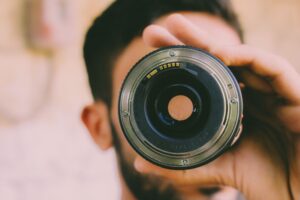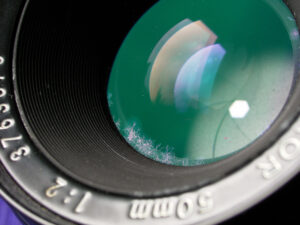What is a 75-300mm lens good for? Great question! This lens is your go-to for snapping distant subjects, be it a sprinting cheetah or a touchdown at the local football game.
Stick around to discover its multiple uses, comparisons with other lenses, and tips to nail that perfect shot.
What is a 75-300mm Lens?
A 75-300mm lens refers to its focal length, which refer to how zoomed in your photos will look.
The 75-300mm range gives you the flexibility to shoot from a somewhat normal view (at 75mm) all the way to super zoomed-in (at 300mm).
Understanding Focal Length
When we talk about a 75-300mm lens, we’re really talking about its zoom range.
- 75mm: Ideal for portraits and everyday scenes. Not too zoomed in, not too zoomed out.
- 300mm: Now we’re talking super zoom. This brings distant objects into clear focus, making it perfect for wildlife or sports photography.
In a nutshell, “75-300mm” is the range you can zoom in or out, giving you the flexibility to frame your shots exactly how you want them.
And if you’re still puzzled about focal length and what it all means, check out our article on What Do Camera Lens Numbers Mean.
Typical Uses: What Makes the 75-300mm Lens Special?
This lens isn’t a one-trick pony. It has a couple of strong suits that make it stand out in your camera bag. Let’s dive into its typical uses.
Wildlife Photography
Ever tried capturing a bird in flight or a lion in the middle of a chase? A 75-300mm lens is your wildlife photography BFF.
Its zoom range allows you to snap critters without disturbing their natural habitat. Just imagine getting a sharp, focused shot of a distant eagle without having to climb the tree!
Sports Photography
From football to figure skating, this lens delivers. Why? Because it’s all about capturing action from a distance.
With a 75-300mm lens, you can sit comfortably in the stands and still get those up-close, dynamic shots.
For more pro tips on sports photography, check out our article on Best Camera Lens for Sports Photography.
Advantages Over Other Lenses
You might be asking, “Why should I go for a 75-300mm lens when there are so many other options?” Well, let’s break down its competitive edge.
Zoom Range
The zoom range is a big deal here. You get both moderate and extreme zoom options, making it a highly versatile lens for various photography needs.
Versatility
From snapping a quick portrait to zooming in on a bird perched far away, this lens has got you covered. Its flexibility means you get more bang for your buck, without having to switch lenses constantly.
Better Than a Prime Lens?
Prime lenses are fantastic for specific shots, but when it comes to range, they fall short. A 75-300mm zoom lens offers you a variety of focal lengths to play with, providing you an edge in dynamic scenarios. For a detailed comparison, read our article on Zoom Lenses vs Prime Lenses.
Limitations of a 75-300mm Lens
While the 75-300mm lens has its shining moments, it’s not without flaws. Let’s talk about some of its limitations.
Light Performance
This lens typically has a higher f-number, which means it’s not your best friend in low-light conditions. You may struggle to capture sharp images without sufficient light or may need to bump up the ISO, compromising image quality.
Weight
It’s a hefty lens! Carrying it around all day could be a literal pain in the neck. The weight becomes an important factor, especially if you’re hiking or traveling.
When Not to Use It
The 75-300mm lens is not ideal for close-up shots or wide landscapes. For those, you’re better off with a different lens altogether.
| Limitations | Impact | Workaround |
|---|---|---|
| Poor low-light performance | Blurry or grainy photos | Use tripod or increase ISO |
| Weight | Physical strain | Use a neck strap or rest frequently |
| Not for close-up shots | Limited versatility | Switch to a more appropriate lens |
Alternative Lenses
So, what if the 75-300mm lens doesn’t meet all your needs? Don’t fret; there are other lenses worth considering.
70-200mm Lens
Very similar in function but generally offers better light performance. Often more expensive, though.
100-400mm Lens
If you crave even more zoom, this lens extends your reach, making it an even better choice for wildlife photography.
50-250mm Lens
Lighter and more compact, this lens is great for those who prefer something less bulky but still want a decent zoom range.
Buying New vs. Used Camera Lenses
When it comes to buying your 75-300mm lens, you’ve got two main avenues: brand new or used. Each comes with its own set of pros and cons.
Buying New
Pros:
- Full manufacturer warranty
- No wear and tear
- Access to the latest technology
Cons:
- More expensive
- Depreciates in value faster
Buying Used
Pros:
- Lower cost
- Potential for high-quality finds
Cons:
- No warranty
- Risk of hidden damage or issues
If you’re torn between new and used, our comprehensive guide on Should I Buy Used Camera Lenses can help you make an informed decision.
How to Check Lens Quality
So you’re itching to get your hands on a 75-300mm lens? You’ll want to make sure it meets the quality standards first. Here’s what to pay attention to:
Build Quality
- Material: Check what the lens is made of. A metal body often indicates durability.
- Mount: A secure fit with your camera is essential.
Optics
- Glass Quality: Look for high-quality, multi-coated elements.
- Chromatic Aberration: Lesser quality lenses may show color fringing.
Performance
- Autofocus: Should be fast and precise.
- Stabilization: If your hands are shaky, look for a lens with image stabilization.
To help you inspect every nook and cranny, here’s our full guide on How to Check Camera Lens Quality.
Focusing With a 75-300mm Lens
Achieving razor-sharp focus can make or break your shot, especially when you’re zoomed in on a distant subject. Here’s how to nail it:
Manual vs. Autofocus
Manual Focus
- Gives you full control.
- Great for low-light and macro photography.
Autofocus
- Quick and convenient.
- Best for fast-moving subjects like sports.
Focus Settings
- Single-shot AF: Useful for static subjects.
- Continuous AF: Keeps focus as the subject moves.
- AF Points: Use multiple points for a wider focus area.
Techniques
- Focus and Recompose: Focus on your subject, hold the focus lock, then recompose your shot.
- Zone Focusing: Pre-focus on a certain area where the action will happen.
If you need more insights, check out our article on How Do Camera Lenses Focus.
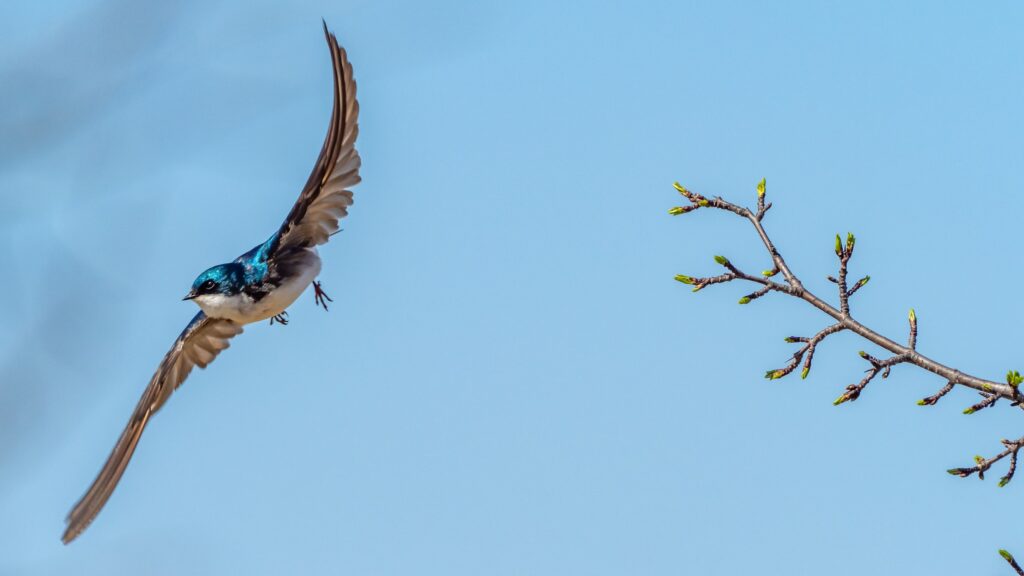
Tips for Shooting Wildlife With a 75-300mm Lens
Capturing the beauty of nature in its most candid moments? That’s a photographer’s dream! Here are some tips and settings that can elevate your wildlife photography game.
Recommended Settings
| Setting | Wildlife Photography |
|---|---|
| Mode | Aperture Priority (A/Av) |
| Aperture | f/4 – f/5.6 |
| Shutter Speed | 1/500s – 1/1000s |
| ISO | 100 – 800 |
Techniques
- Stay Silent: Move quietly to avoid scaring animals.
- Use Burst Mode: Capture multiple shots at once to get that perfect frame.
- Telephoto Range: Use the higher end of your zoom to get close without physically intruding.
Tips for Shooting Sports With a 75-300mm Lens
Sports photography is all about capturing the action as it unfolds. But how do you ensure those high-flying moments come out crystal clear? Here you go!
Recommended Settings
| Setting | Sports Photography |
|---|---|
| Mode | Shutter Priority (S/Tv) |
| Aperture | f/2.8 – f/4 |
| Shutter Speed | 1/1000s – 1/2000s |
| ISO | 400 – 1600 |
Techniques
- Pan Your Camera: Follow the action while taking the shot.
- Anticipate Moments: Know the sport to predict where the key action will happen.
- High Shutter Speed: Use a fast shutter speed to freeze the action.
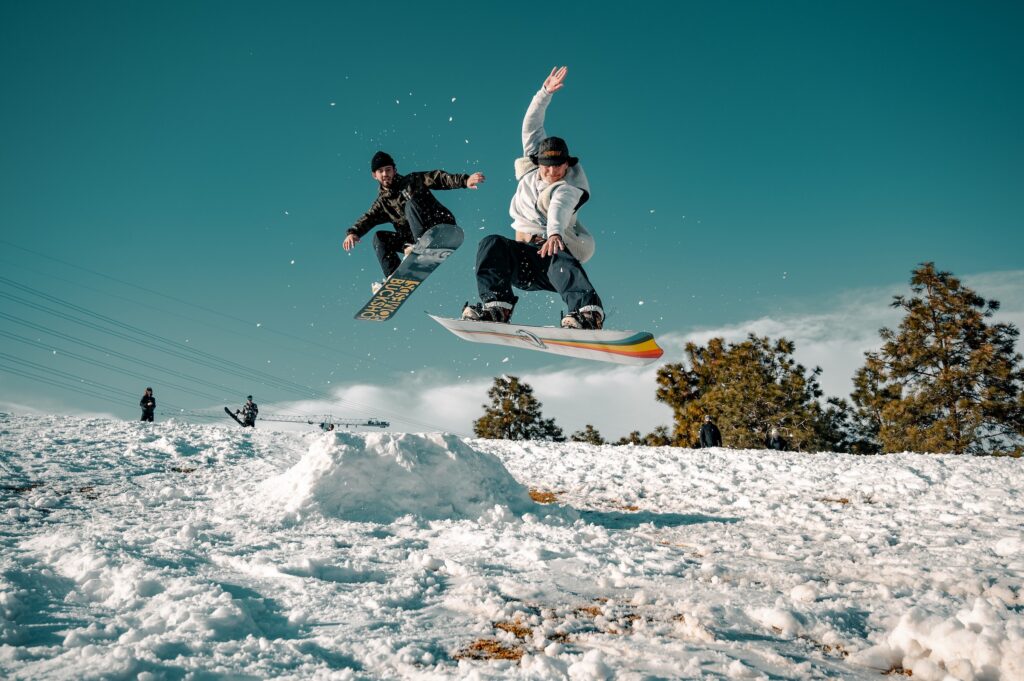
Accessories for a 75-300mm Lens
Adding some extras to your lens setup can make a world of difference. Here are some must-have accessories:
Lens Hoods
Why do you need these? They block stray light and protect your lens from accidental bumps. A win-win if you ask us! Read more about why lens hoods are so awesome here.
Filters
From UV filters to polarizers, these little glass pieces can protect your lens and add creative flair to your photos. Still not convinced? Check out this article on whether lens filters are necessary.
Other Add-ons
- Lens Caps: Don’t lose them! They protect the front and rear elements of your lens.
- Tripod Collar: For long shoots, it helps distribute weight more evenly.
- Cleaning Kits: A clean lens is a happy lens!
Conclusion
So, there we have it. The 75-300mm lens is a versatile beast perfect for capturing everything from distant wildlife to fast-paced sports. While it has its limitations, knowing how to work around them can result in some truly awe-inspiring shots.
From understanding its anatomy to comparing it with other lenses and even spicing it up with some cool accessories, we’ve covered it all. So go ahead, take your 75-300mm lens out for a spin and let your creativity soar!


